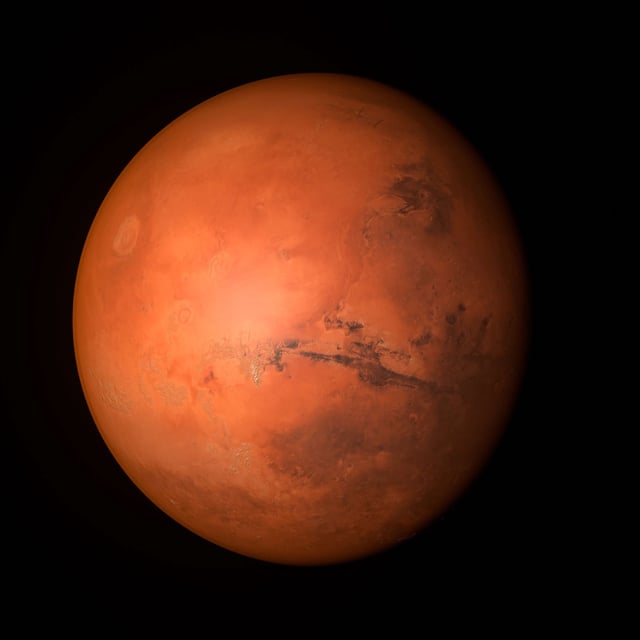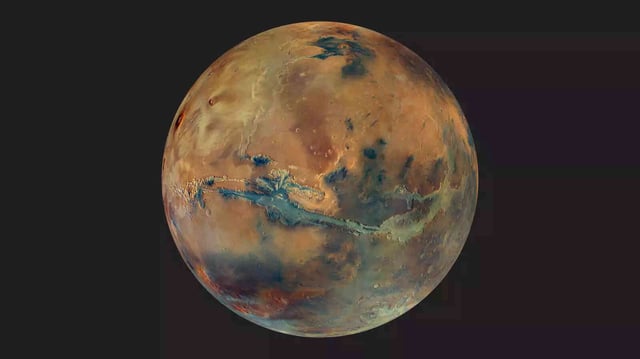Overview
- Researchers analyzing NASA InSight data identified a porous, water-filled layer in Mars's crust, located 5.4–8 kilometers below the surface.
- This subsurface reservoir may contain enough water to account for much of Mars's ancient oceans, which once covered the planet 4–3.1 billion years ago.
- The findings suggest that the water could have seeped into the crust through fractures caused by meteorite impacts and remained in liquid form.
- Scientists emphasize the astrobiological potential of these reservoirs, as similar environments on Earth harbor microbial life, and stress the need for planetary protection in future missions.
- The discovery has significant implications for human exploration, as the water could support life, provide drinking water, and be converted into rocket fuel.

